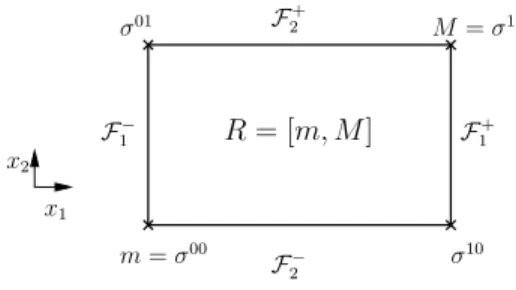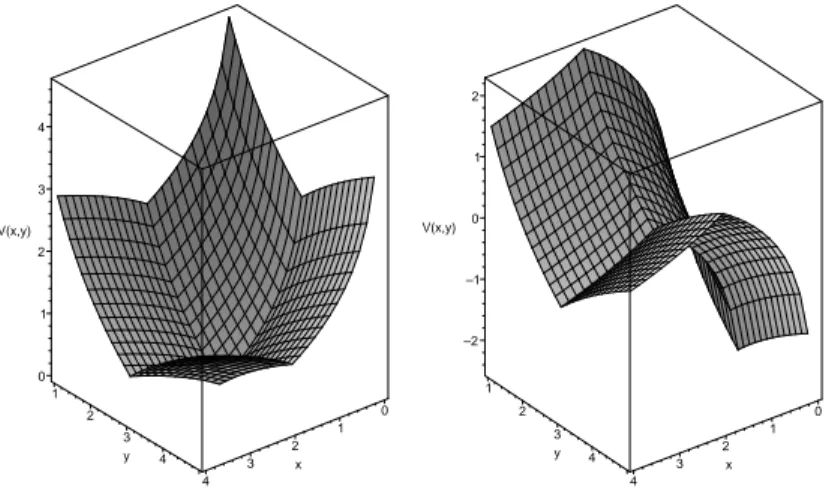Qualitative stability patterns for Lotka-Volterra systems on rectangles
Texte intégral
Figure




Documents relatifs
We also develop an extended local exponential stability theory for nonlinear complementarity systems and differential variational inequalities, based on a new converse theorem for
Exponential stability, based on Lyapunov functions with discontinuity at the impulses, is proposed by [9] for nonlinear time-varying impulsive systems but the stability conditions
Although there are many significant stability results for time-varying systems with delays (such as [9]), applying them often requires Lyapunov functions that may not always be easy
In this section we first recall the concepts of power and interaction indexes in- troduced in cooperative game theory and how the Banzhaf index can be obtained from the solution of
This paper studies the global asymptotic stability of the nonlinear systems described by the multiple model approach using the Takagi-Sugeno (T-S) fuzzy modelling.. New
Présentation d’ouvrage : ”Les recherches sur les Foraminifères fossiles en France des environs de 1930 à l’immédiat après-guerre ou : avant l’oubli”, par Jacques
Generating series of sequences satisfying recurrences of the form (5)—that is, by Lemma 2, formal series solutions of linear differential equations with polynomial
Calibration results: This figure presents the calibration results where values are normalized over the application type performance when it runs with the Xen default quantum